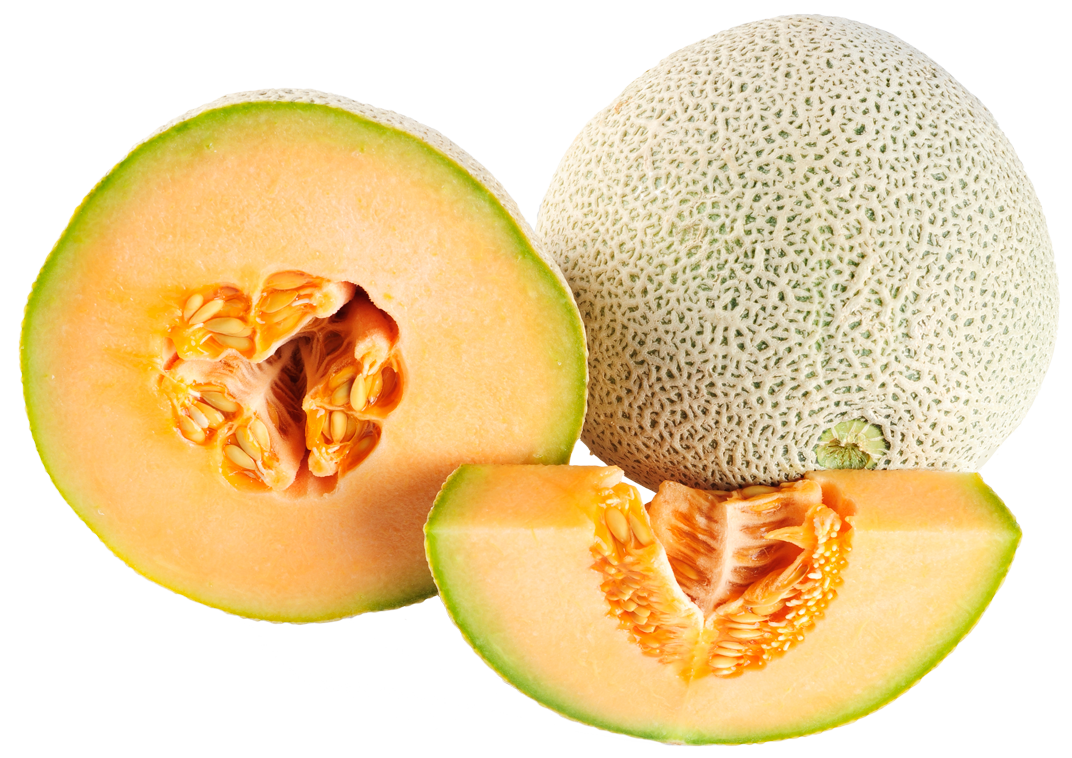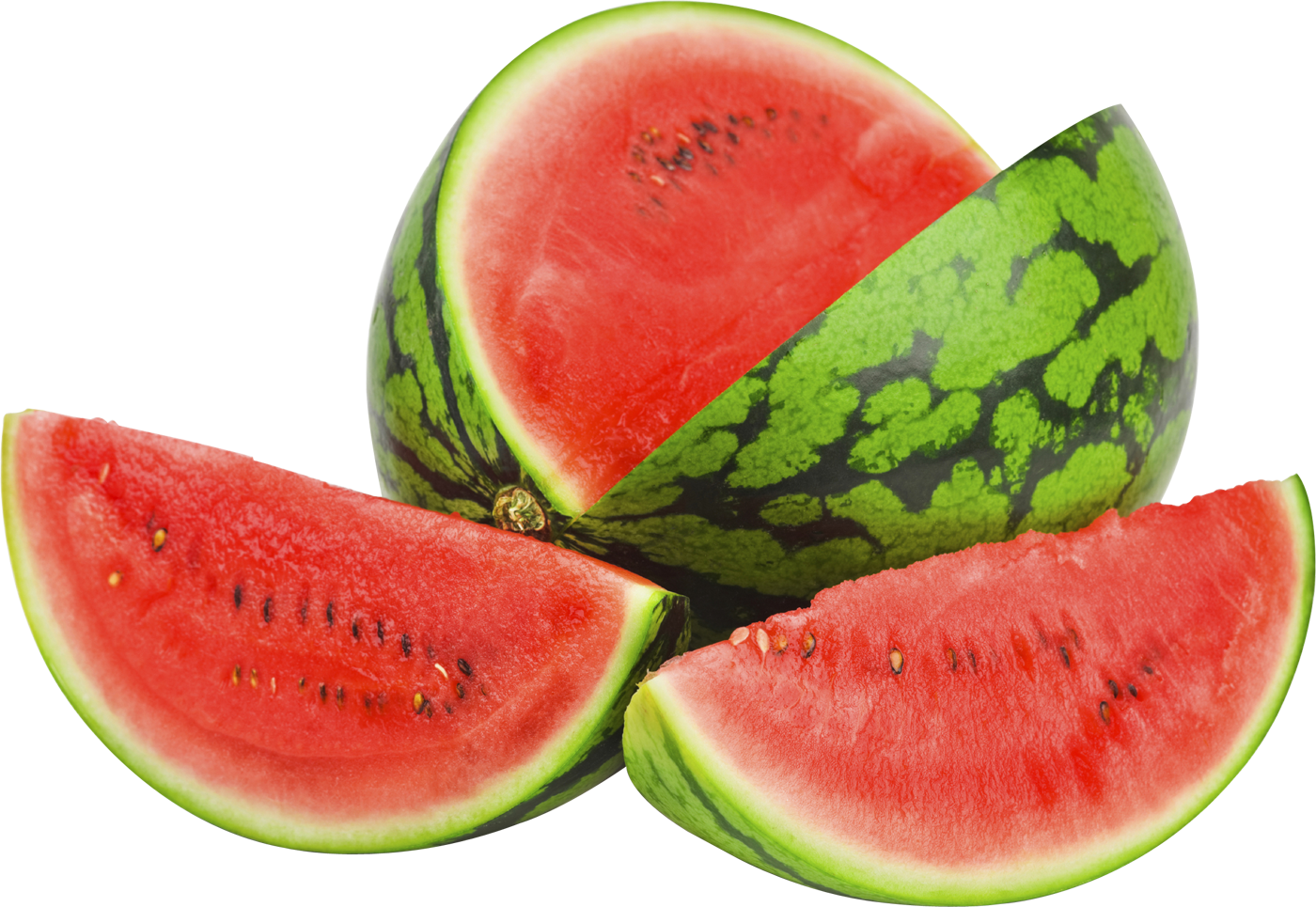Cultivation of Melons
Nutritional Value
Melons are low in calories and rich in:
- Vitamins: Vitamin C, Vitamin A (beta-carotene in muskmelons), Vitamin B6.
- Minerals: Potassium, magnesium.
- Antioxidants: Lycopene (in watermelons).
- High water content (90-92%), making them hydrating.

Muskmelon (Cucumis melo L.)
Origin and Distribution
- Origin: India, Iran, and Africa are considered the centers of origin.
- Distribution: Widely grown in tropical and subtropical regions of Asia, Africa, and America.
- Leading producers: China, India, USA, and Turkey.
Climate
- Muskmelon requires a warm-season climate.
- Optimal temperature for growth: 25-30°C.
- Sensitive to frost and high humidity.
- Requires plenty of sunshine during fruiting for proper sugar development.
Soil Requirements
- Prefers well-drained, sandy loam soils with high organic matter.
- Soil pH: 6.0-7.5.
- Avoid waterlogged and heavy clay soils to prevent root rot.
Improved Varieties
- Pusa Sharbati: Sweet, aromatic fruits.
- Punjab Hybrid: Early maturing.
- Arka Jeet: Tolerant to downy mildew and powdery mildew.
- Hara Madhu: Popular variety with high sweetness.
Cultivation Practices
Time of Sowing
- North India: February-March.
- South and Central India: Sown year-round with irrigation.
Seed Rate
- Seed requirement: 0.5-1 kg/ha.
Land Preparation
- Plow the field thoroughly to achieve a fine tilth.
- Add 15-20 tonnes of FYM/ha during the last plowing.
Sowing and Spacing
- Sown directly or raised in nurseries and transplanted.
- Spacing:
- Row-to-row: 2-3 m.
- Plant-to-plant: 60-90 cm.
Fertilizer Requirements
- FYM: 15-20 tonnes/ha.
- NPK: Apply 60-80 kg N, 40 kg P₂O₅, and 40 kg K₂O/ha.
- Apply half nitrogen at planting and the rest during flowering.
Irrigation
- Requires frequent irrigation, especially during germination and flowering.
- Avoid water stagnation.
- Reduce watering as fruits mature to improve sweetness.
Weed Management
- Perform manual weeding during the initial growth stages.
- Use mulches to conserve moisture and suppress weeds.
Harvesting
- Harvest when fruits emit a characteristic musky aroma and the netting on the rind is well-developed.
- Fruits are ready 75-90 days after sowing.
- Yield: 20-25 tonnes/ha.
Physiological Disorders
- Blossom End Rot: Due to calcium deficiency or uneven watering.
- Fruit Cracking: Caused by irregular irrigation or excessive nitrogen.

Watermelon (Citrullus lanatus)
Origin and Distribution
- Origin: Africa, particularly the Kalahari region.
- Distribution: Grown globally in tropical and subtropical regions.
- Leading producers: China, India, Turkey, and Brazil.
Climate
- Watermelon thrives in hot and dry climates.
- Ideal temperature: 25-35°C.
- Needs 80-100 frost-free days for proper growth.
Soil Requirements
- Prefers well-drained sandy loam soils with high organic content.
- Soil pH: 6.0-7.5.
- Avoid saline and waterlogged soils.
Improved Varieties
- Sugar Baby: Sweet, small-sized fruits.
- Arka Manik: High sweetness (TSS ~12%), resistant to major pests and diseases.
- Arka Jyoti: Early-maturing.
- Punjab Kesar: Suitable for arid zones.
Cultivation Practices
Time of Sowing
- North India: February-March.
- South and West India: Grown almost year-round.
Seed Rate Seed requirement: 2-3 kg/ha.
Land Preparation
- Prepare the field with thorough plowing and leveling.
- Add 20-25 tonnes of FYM/ha during land preparation.
Sowing and Spacing
- Seeds are sown directly into the field.
- Spacing:
- Row-to-row: 3-4 m.
- Plant-to-plant: 50-90 cm.
Fertilizer Requirements
- FYM: 20-25 tonnes/ha.
- NPK: Apply 50-60 kg N, 40 kg P₂O₅, and 30-40 kg K₂O/ha.
- Nitrogen is split into two doses: half at planting, half at the vegetative stage.
Irrigation
- Watermelons need frequent irrigation, particularly during flowering and fruit setting.
- Reduce irrigation during ripening to enhance sweetness.
- Avoid over-irrigation to prevent fruit cracking.
Weed Management
- Manual weeding and mulching with organic or plastic sheets help control weeds.
Harvesting
- Harvest when the fruit gives a dull sound on tapping and the tendrils near the fruit dry up.
- Fruits are ready 80-100 days after sowing.
- Yield: 25-40 tonnes/ha.
Physiological Disorders
- Hollow Heart: Due to uneven growth or poor pollination.
- Sunscald: Caused by prolonged exposure of fruits to direct sunlight.
Pest and Disease Management (Common for Melons)
- Pests:
- Aphids: Use neem-based insecticides or systemic insecticides.
- Fruit Flies: Apply bait sprays and destroy affected fruits.
- Diseases:
- Downy Mildew: Use resistant varieties and spray fungicides like Mancozeb.
- Powdery Mildew: Apply Sulphur-based fungicides or Potassium bicarbonate

